The Anglican Church of St. George the Martyr, view gazing north on John Street (Toronto) from Queen Street in 1909. In the distance is the Grange, now part of the Art Gallery of Ontario. Toronto Archives, Fonds 1244, Item 2162.
The Anglican Church of St. George the Martyr at 197 John Street dates from 1844. Located on the northeast corner of Stephanie and John, it was built when Toronto’s population was only 18,000. Land for the church was donated by the Boulton family, which resided at the Grange. The land was part of their estate, which had been Park Lot #13, granted to Charles Wilcox in 1793 by Lieu. Governor Simcoe.
The architect chosen for the church was Henry Bower Lane, who designed Toronto’s first City Hall on Front Street, which is today incorporated into the St. Lawrence Market. Bower also worked on additions to Osgoode Hall on Queen Street West. For the new church on John Street, he chose the Gothic style, which was very popular for sacred structures in that decade. The congregation named the church St. George the Martyr, the patron saint of crusaders, as well as of England, Portugal, Germany, Aragon, Catalonia, Genoa, and Venice.
The church possessed a large nave, with a balcony at its west end, the seating capacity being 750 people. The Gothic spire that towered above the entrance on John Street reached 150’ into the air. It was said that it aided ships sailing into the harbour.
In the decades after it was consecrated, the congregation continued to increase, resulting in a parish school being constructed in 1857. The rectory was added in 1865, and the parish hall in 1876. The church ministered to the community surrounding it, its two Sunday schools accommodating 400 children each Sunday. Congregants paid a fee to reserve a pew for morning services, but during evening services, pews were free for everyone. This was a common practice in many churches in the 19th century.
At the turn of the 20th century, the neighbourhood near the church began to change and attendance slowly dropped. Finally, St. George the Martyr amalgamated with the congregation of St. Margaret’s, on Spadina south of Queen Street, with the understanding that all pews were henceforth to be free. During World War I and World War II, the congregation greatly supported the troops overseas, making a considerable contribution. On the honour roll, denoting those who gave their lives in the wars, there are 280 names. In 1945, the church celebrated its 100th anniversary of faithfully serving the community.
During the early morning hours of February 13, 1955, a fire demolished much of the church, only the rectory, the tower and its bell, and the parish hall surviving. The cause of the fire was never determined. From the ruins, six men removed the altar from the interior, which was covered with ice from the water from the firemen’s hoses. Remarkably, the silver, brass, and some of the linens were also rescued.
The congregation decided that rebuilding the church was not possible due to the enormous costs. The ground floor of the minister’s home (the rectory) was altered and employed for services. In 1957, renovations of the parish hall had been completed and it was then used for services, concerts, and other community events. The same year, the area where the nave had been was a garden. In 1985, a two-story cloister was built, containing offices, the Fellowship Room and apartments. It surrounded the garden planted on the site of the old nave.
Today, St. George the Martyr remains a vibrant church community that continues to minister to downtown Toronto.
Sources: stgeorgethemartyr.ca, www.geraldrobinson.ca
Water colour painted in 1851, the view looking north on John Street from Queen. The spire of St. George the Martyr is prominent. From the collection of the Toronto Public Library, r-403.
St. George the Martyr in 1867, Ontario Archives, 10005287.
Water colour of the St. Patrick’s Market on Queen Street, east of John Street, in 1912. The spire of St. George the Martyr can be seen behind the market building, which was demolished. Toronto Public Library, r- 5352.
St. George the Martyr following the disastrous fire of February 1955. Toronto Public Library, r-195.
Fire truck on Stephanie Street in 1955. The south facade of the church is visible. Toronto Public Library, r- 358.
The church in 1956, the year after the fire, when only the tower was left standing. Prior to the fire, the spire on the tower had already been removed. I was unable to discover when this occurred. Toronto Public Library, r-185.
The tower in the spring of 2012.
The east side of the tower, in the foreground, the garden area where the nave was once located. Photo taken October 2, 2016.
View of the two-story cloister that was built in 1985. It surrounds the garden area on the north and east sides.
The former parish hall that became the sanctuary in 1957, the view facing east. Photo taken in 2016.
(left) the east window over the altar, and (right), the west window.
The 1845 tower of St. George the Martyr, now set amidst Toronto’s modern downtown towers.
To view the Home Page for this blog: https://tayloronhistory.com/
For more information about the topics explored on this blog:
https://tayloronhistory.com/2016/03/02/tayloronhistory-comcheck-it-out/
Books by the Blog’s Author
“Toronto’s Theatres and the Golden Age of the Silver Screen,” explores 50 of Toronto’s old theatres and contains over 80 archival photographs of the facades, marquees and interiors of the theatres. It relates anecdotes and stories by the author and others who experienced these grand old movie houses.
To place an order for this book, published by History Press:
Book also available in most book stores such as Chapter/Indigo, the Bell Lightbox and AGO Book Shop. It can also be ordered by phoning University of Toronto Press, Distribution: 416-667-7791 (ISBN 978.1.62619.450.2)
Another book on theatres, published by Dundurn Press, is entitled, “Toronto’s Movie Theatres of Yesteryear—Brought Back to Thrill You Again.” It explores 81 theatres and contains over 125 archival photographs, with interesting anecdotes about these grand old theatres and their fascinating histories. Note: an article on this book was published in Toronto Life Magazine, October 2016 issue.
For a link to the Toronto Life article: torontolife.com/…/photos-old-cinemas-doug–taylor–toronto-local-movie-theatres-of-y…
The book is available at local book stores throughout Toronto or for a link to order this book: https://www.dundurn.com/books/Torontos-Local-Movie-Theatres-Yesteryear
Another publication, “Toronto Then and Now,” published by Pavilion Press (London, England) explores 75 of the city’s heritage sites. It contains archival and modern photos that allow readers to compare scenes and discover how they have changed over the decades. Note: a review of this book was published by Spacing Magazine, October 2016. For a link to this review:
spacing.ca/toronto/2016/09/02/reading-list-toronto-then-and-now/
For further information on ordering this book, follow the link to Amazon.com here or contact the publisher directly by the link below:
http://www.ipgbook.com/toronto–then-and-now—products-9781910904077.php?page_id=21
![1909, , f1244_it2162[1] 1909, , f1244_it2162[1]](https://tayloronhistory.com/wp-content/uploads/2016/10/1909-f1244_it21621_thumb.jpg)
![water colour, 1851, pictures-r-403[1] water colour, 1851, pictures-r-403[1]](https://tayloronhistory.com/wp-content/uploads/2016/10/water-colour-1851-pictures-r-4031_thumb.jpg)
![1867, Ont. Archives I0005287[1] 1867, Ont. Archives I0005287[1]](https://tayloronhistory.com/wp-content/uploads/2016/10/1867-ont-archives-i00052871_thumb.jpg)
![water colour, St. Pat's market, 1912. pictures-r-5352[1] water colour, St. Pat's market, 1912. pictures-r-5352[1]](https://tayloronhistory.com/wp-content/uploads/2016/10/water-colour-st-pats-market-1912-pictures-r-53521_thumb.jpg)

![pictures-r-358[1] pictures-r-358[1]](https://tayloronhistory.com/wp-content/uploads/2016/10/pictures-r-3581_thumb.jpg)
![1956, pictures-r-185[1] 1956, pictures-r-185[1]](https://tayloronhistory.com/wp-content/uploads/2016/10/1956-pictures-r-1851_thumb.jpg)
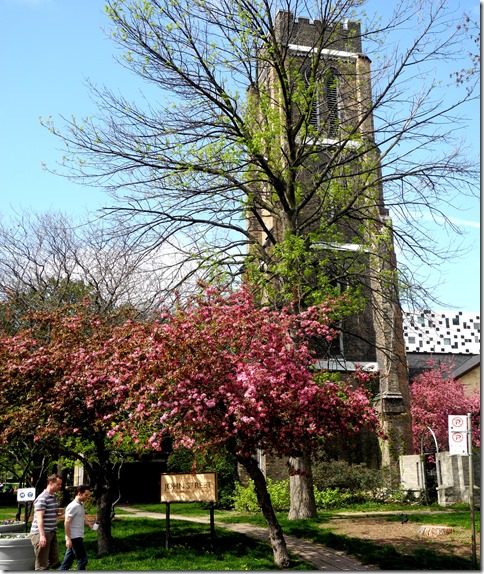
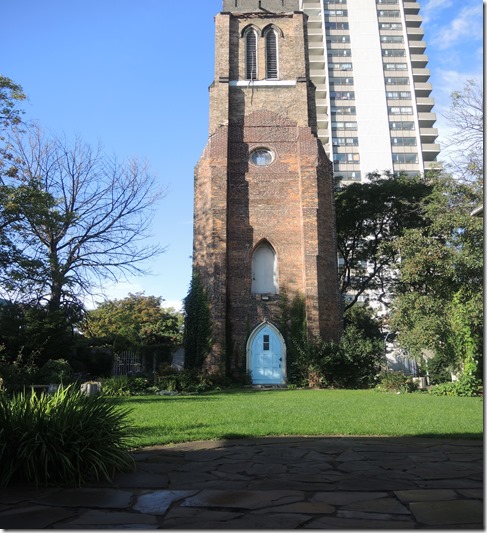
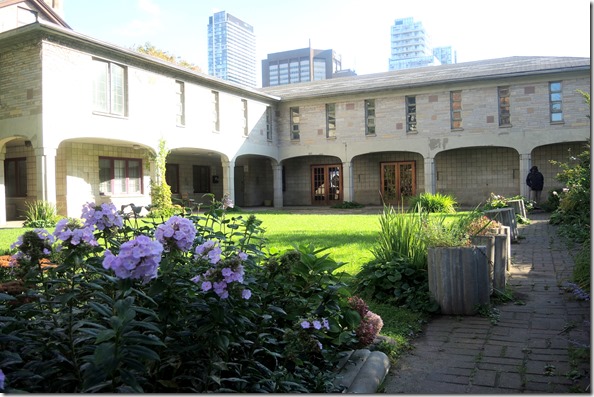

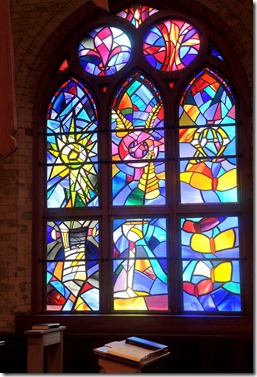
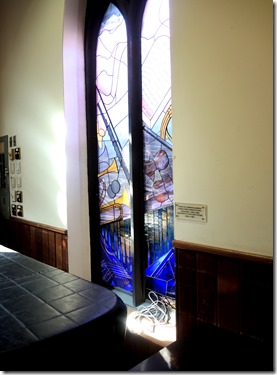
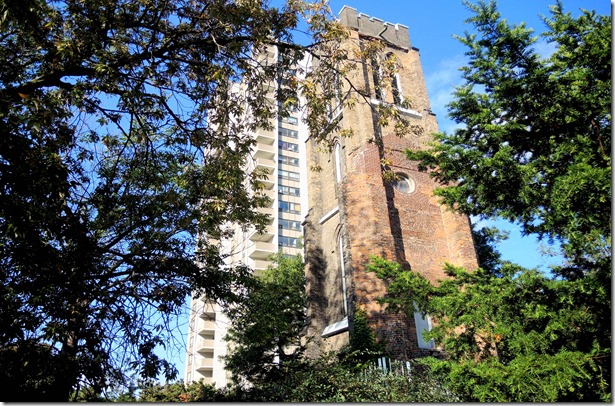
![cid_E474E4F9-11FC-42C9-AAAD-1B66D852[1] cid_E474E4F9-11FC-42C9-AAAD-1B66D852[1]](https://tayloronhistory.com/wp-content/uploads/2016/10/cid_e474e4f9-11fc-42c9-aaad-1b66d8521_thumb1.jpg)
![image_thumb6_thumb_thumb_thumb_thumb[1] image_thumb6_thumb_thumb_thumb_thumb[1]](https://tayloronhistory.com/wp-content/uploads/2016/10/image_thumb6_thumb_thumb_thumb_thumb1_thumb3.png)


